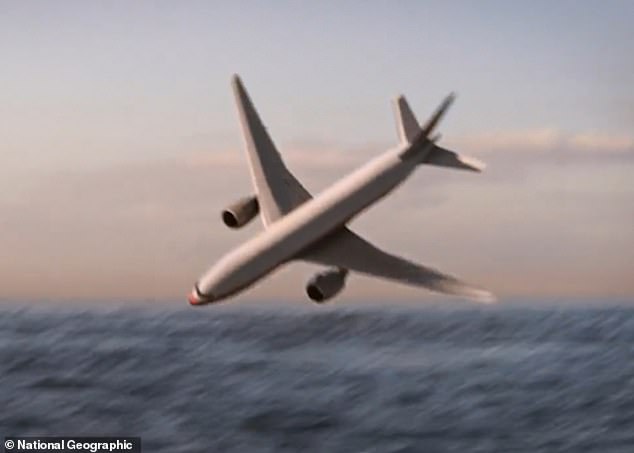The mystery surrounding missing Malaysia Airlines flight MH370 could soon be solved after British investigators found a signal that could lead them to the plane’s final resting place after ten years.
Underwater microphones, also known as hydrophones, reportedly picked up a signal around the same time MH370 is believed to have crashed on March 8, 2014.
The six-second signal was discovered by Cardiff investigators, who reportedly said more tests would be needed to determine whether the sounds recorded by the microphones could lead to the plane crash site.
The plane, which had 239 people on board, is believed to have run out of fuel and tragically crashed into the Indian Ocean after deviating from its course from Kuala Lumpur to Beijing for unknown reasons.
Despite extensive searches by authorities around the world in an area of 46,332 square miles, the plane’s resting place has remained a mystery for the past ten years.
March 8, 2024 marked a decade since Malaysia Airlines flight MH370 from Kuala Lumpur to Beijing disappeared shortly after takeoff, believed to have crashed somewhere in the southern Indian Ocean (pictured). shows a representation of the accident).
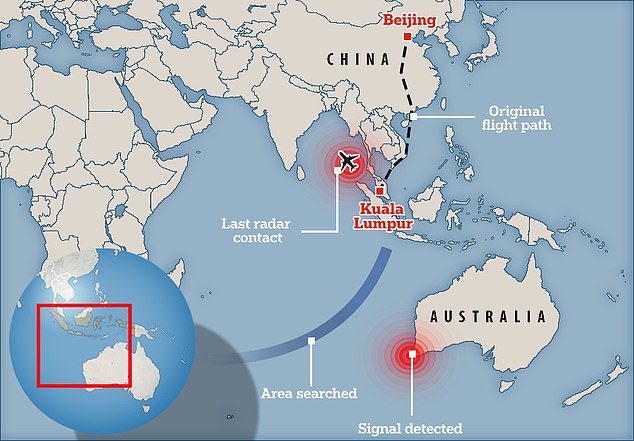
Underwater microphones, also known as hydrophones, off the coast of Western Australia reportedly picked up a signal around the same time MH370 is believed to have crashed on March 8, 2014.

Marking 10 years since MH370 disappeared without a trace, up to 500 relatives of the victims lost on the flight gathered at a shopping mall in the Malaysian city of Subang Jaya for a service on March 8, 2024.
Some fragments of the plane have since been discovered and several theories have emerged about what and who caused the flight to change course, but no one really knows beyond a reasonable doubt what happened to the Boeing 777.
In the week leading up to the 10th anniversary of MH370’s disappearance earlier this year, the Malaysian government backed a new “no find, no pay” search off the coast of Australia, but it was again unsuccessful.
The Cardiff researchers’ starting point was the assumption that a 200-tonne plane like MH370 would release as much kinetic energy as a small earthquake if it crashed at a speed of 200 meters per second.
This kinetic energy would have been large enough to be recorded by underwater microphones thousands of kilometers away, two of which, at Cape Leeuwin in Western Australia and in the British territory of Diego Garcia, were close enough to detect such a sign.
Created to detect any violation of the Comprehensive Nuclear Test Ban Treaty, the operational stations are only tens of minutes’ signal travel from where the plane’s last radar contact occurred.
The new signal detected in the time window in which the plane could have crashed was only recorded at the Cape Leeuwin stations, which “raises doubts about its origin,” researcher Dr. Usama Kadri told the Telegraph.
Dr Kadri, an expert in applied mathematics, said that while the signal reading was inconclusive, it was “highly unlikely” that the sensitive hydrophones had not picked up the impact of a large plane crashing into the ocean.
His team believes that further investigation into the newly detected signal could finally solve the mystery, just as hydrophones helped locate the ARA San Juan, an Argentine navy submarine that was found at the bottom of the South Atlantic ocean one year. after it imploded and disappeared. .
To locate the wreck, researchers used grenades to emulate the explosion on the submarine and compared that signal to the signal captured by hydrophones when it imploded.
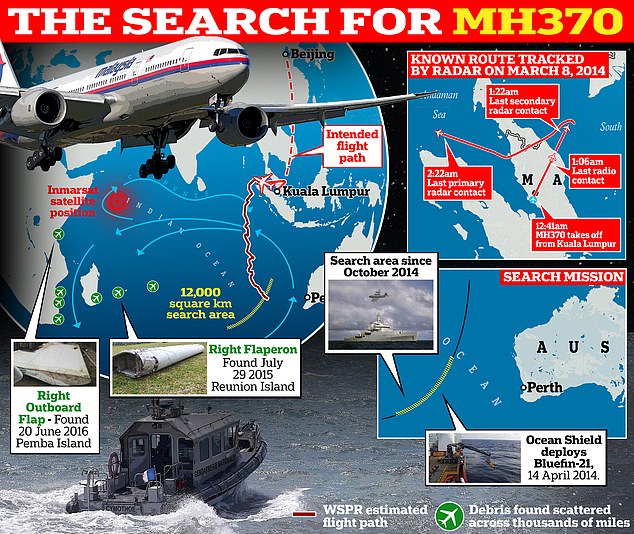
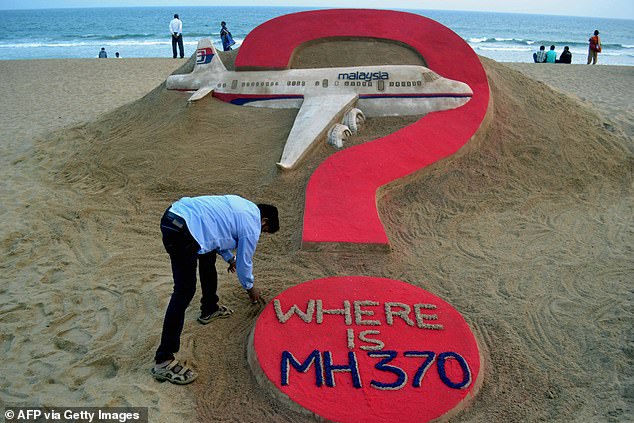
Indian sand artist Sudarsan Pattnaik creates a sand sculpture of the missing Malaysia Airlines flight MH370 on Puri beach in the eastern state of Odisha on March 7, 2015.
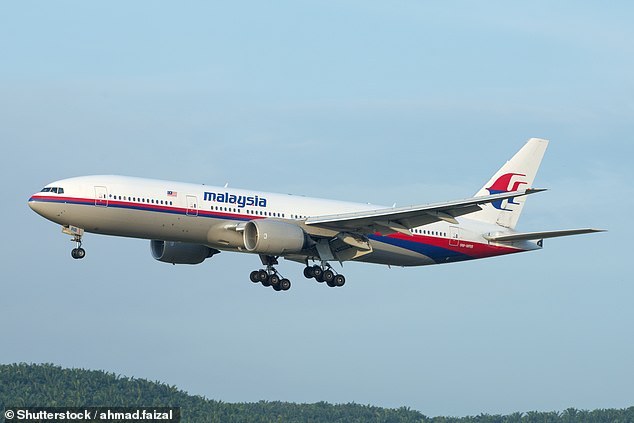
The Malaysia Airlines flight lost contact with air traffic control an hour after takeoff from Kuala Lumpur International Airport.
This eventually led them to the wreckage of the ARA San Juan, which was located 290 miles off the coast of Argentina, almost 3,000 feet below the surface.
Dr Kadri suggested that a similar experiment could be carried out to find the remains of MH370. If such explosions showed pressure amplitudes similar to those of the detected signal, “I would support focusing future searches on that signal.”
He told the Telegraoph: ‘If the signals detected at both Cape Leeuwin and Diego Garcia are much stronger than the signal in question, a more detailed analysis of the signals from both stations would be necessary.
“If they were found to be related, this would significantly narrow, almost pinpoint, the location of the aircraft.”
But if the signal were found to be unrelated, Dr Kadri said it would show that authorities may have to reassess the location and time frame of the expected crash, used as starting points in their searches so far.
This is not the first time Britain has helped narrow the search area for flight MH370.
As evidence began to point toward the plane heading west after communication was lost, London-based satellite company Immarsat discovered that one of its satellites was receiving time signals from MH370 for seven hours after that disappeared from the military radar.
Although this confirmed that MH370 was still in the air for longer than initially thought, the plane’s location could not be traced.
It was also only at this point that the time of MH17’s disappearance from military radars was revealed to be 2.22 am, over the Andaman Sea, somewhat west of the initial search area.
The Immarsat data was able to calculate an estimate of the plane’s position based on the duration of transmissions between the plane and the satellite, and produced a jagged area after which the plane could have lost fuel or crashed.
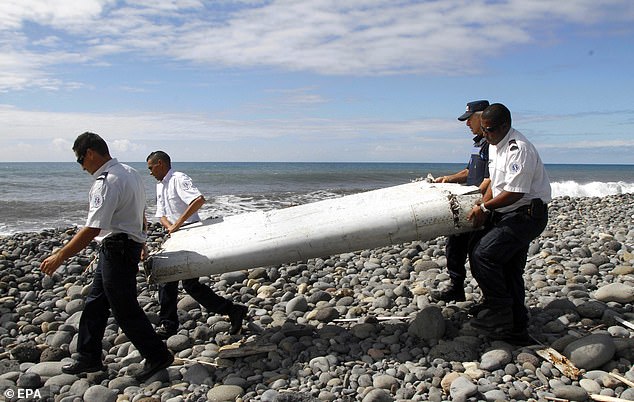
A piece of the wing of MH370 found in Réunion, a French island east of Madagascar, in July 2015.
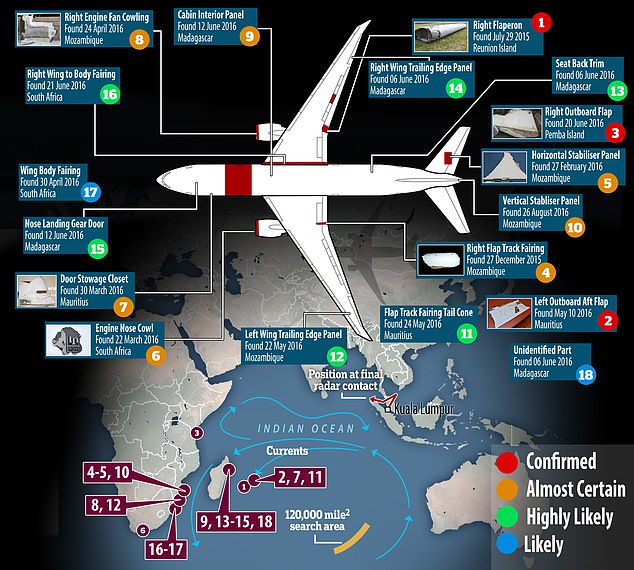
As of October 2017, 18 suspected remains from MH370 had been found.
It was revealed to be an arc stretching from Central Asia in the north to Antarctica and crossed about eight hours after takeoff.
Since the north of that area consists of heavily militarized airspace that would have been detected by MH17, it was considered more likely that MH370 would crash into the Indian Ocean.
The plane is believed to have nosedived or crashed minutes after 8.19am on March 8.
More than a year later, in 2015, Malaysian Prime Minister Najib Razak claims that a part of the wing that appeared on Reunion Island, a French island east of Madagascar, came from MH370.
In the following two years, a further 17 pieces of debris were found that were “identified as very likely or almost certainly from MH370”, while another two were “assessed as probably from the crashed aircraft”.


